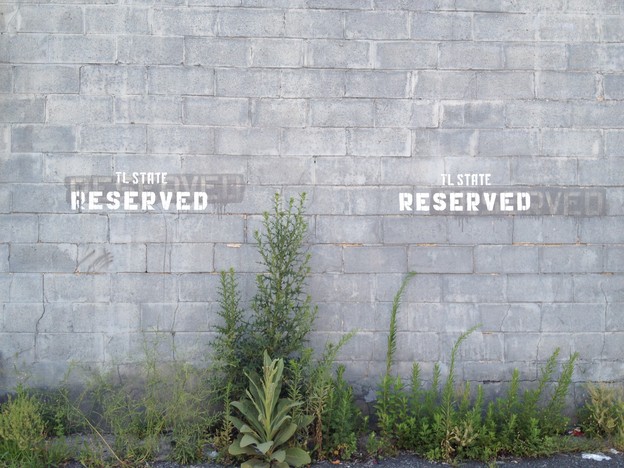I love all waste and solitary spaces

I’m enamored with the idea of the flaneur as a creative way to move through urban spaces, even though I don’t quite espouse (or embody) the three qualifications for being one, which are wealth, education and idleness. (Not that I’d reject any of those three if they came my way, but I don’t agree that they’re prerequisites for flaneurism.) However, being a woman in public spaces—especially wandering through public spaces—is complicated. That’s why that scene in La Notte when Jeanne Moreau roams through the streets of Rome and breaks up a fight between a group of men is such a shock. That sort of urban engagement is not really encouraged in women. As a long-time dedicated female flaneur who began as such during my teens walking home late at night after babysitting jobs, I’d argue that many of the fears many have of passing through city spaces are socially constructed (urban myths), reinforcing a system of inequality. How often has someone insisted that something absolutely horrible and unspeakable would happen to me if I walked through a housing project, even in daytime? There’s a total sense of helplessness conveyed in these (often racially based) cautions—that the social situations I’d encounter by walking through a civic space, particularly one inhabited by people of color, would be totally unnegotiable. That, simply, I’d die if I went into those spaces. But the truth is that encounter is more subtly fraught, delicately complex and totally necessary to vital civic life. Women are taught, with the lessons reinforced daily by television and movie fare, that to be present in a public space is to invite humiliation, violation and death. Therefore, the recourse is to become invisible, to avoid, to ignore, to not hear, to not see. So I’ve learned to become invisible and in turn falsely empty the city of people to experience only the detritus of what they’ve built around me, like that nuclear bomb that leaves the buildings standing and the life extinguished.
A few months ago, I participated in a walk by the Office of Recuperative Strategies to and along the Gowanus Canal. Led by three women—Rachel Levitsky, Elliott Maltby and Elizabeth Zuba—we were to recuperate “latent words, meanings, objects and gestures” from the Gowanus, to be later used in an art show that same night. So here was a group of women, intently and intentionally wandering through empty and industrial areas. I was quite content—“I love all waste/ and solitary spaces where we taste/ the pleasure of believing what we see/ is boundless, as we wish our souls to be,” says Shelley—until we encountered a bus engine repair yard and one of us began chatting with the men working there, asking if we could take their photo. I was immediately uncomfortable—engagement, negotiation, possible exploitation (photos), possible threat, class issues (them working, us not), gender complication (flirtation), and so on. All these complications that make “nature poetry”—quiet contemplation of a passive object—more immediately attractive than negotiating the messiness of human encounters within space, particularly within the fractured post-industrial space of the Gowanus Canal (full of small fishes, an osprey nest on top of a large pole, an egret flushed when we approached some small area of greenery that we couldn’t decide whether maintained or natural—a bizarre plant-flower I had never seen before, could be planted, native or invasive, cobblestones arranged in demi-circle tumbling into canal, birdboxes, gasoline rainbow sheen and awful mothball scent from the water in the incredible heat of the day. Later, at the art show, an aquarium of various species caught from the Canal, a slow hot dissolution of the project into the night.)
Geometries of landscape